We waited for her arrival all winter and finally she arrived. We clearly speak about the summer, with the heat, the sun, travelling experiences and especially the sea. Many of us, as soon as they have a few free hours, move as soon as possible to the nearest beach, to have fun, sunbathe and find some relief from the summer heat soaking in the fresh water. Can we bring out pet at the beach? Nothing forbids it, as long as you follow some basic tips to avoid unpleasant consequences. Here is the guide for a good owner at the beach with its dog.
Before leaving
What we need to verify before anything else, is that the bathing establishment or the free beach that we have chosen does not prohibit the entry to the animals. We can simply contact the establishment by phone; such as the local traffic police or consult a list of dog-friendly equipped beaches. The legislation, in fact, is not national, but depends on regional and municipal decisions. For details, you can consult the specific article on the legislation that regulates the access of dogs to the beaches.
Now that we are ready to go, let's make sure that we have everything we need for the trip by car and for the duration of the road trip. In particular, we should check that we have equipped our car with the most suitable devices for the transportation of our dog or dogs, if there are more than one. We remember, in fact, that if we choose to bring two or more dogs with us, we must make sure that they are separated from each other and by the driver with the appropriate means (nets, grids, kennel…) to avoid problems during the trip.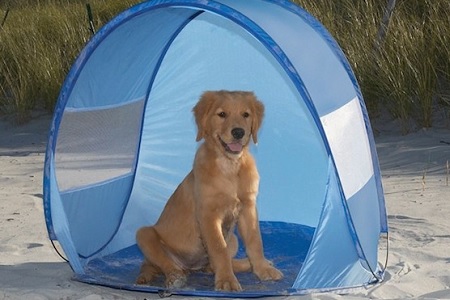
So prepare what we need in the bag:
- Fresh water at will;
- Fresh fruit, pieces of chicken or other light snacks;
- Cooler bag to cool water and food;
- Long leash;
- Cloth to lay on the sand;
- Clean towel to dry the dog after swimming;
- Scoop and bag to collect his needs;
- Sun cream for animals to be applied on the nose and ears for short-haired white dogs;
- Umbrella for both of us;
- His favorite toys.
Do you have everything you need? Then you are good to go
At the beach
We assume that keeping a dog on the beach for a long time, especially in the hottest hours of the day (between 12 am and 16 pm), would be a real torture. The animals, in fact, will be affected by the heat more than we are, so if you really want to take him to the beach, do it for a few hours, early in the morning or in the afternoon. The heat stroke can be lethal for our animal friends, so be careful.
Once we arrive on the beach, we can prepare ourselves to have fun in the water:
- We keep the dog on a leash and never leave it alone;
- We place our towel next the dogs one, spreading it on the sand or on the rocks;
- We leave a bowl of fresh water in the shade;
- Let the dog stretch its legs before entering the water to warm up the muscles;
- We do not bathe if you have recently eaten your usual meal;
- We enter the water together with the dog, but always gradually and with caution, especially if he is afraid, not forcing;
- If he are not very convinced, let's try to stimulate him with his toys, starting from the shore and moving forward a few meters at a time;
- We must always remember that at peak times the sand also burns for our dog, and could even burn his fingertips, so we try to move quickly towards the parts where it is cooler;
- Do not stay in the water for too long, to avoid getting tired too much by swimming;
- Once you’re out of the water, take our bottles of water and rinse the dog's body thoroughly, removing salt and sand, especially from its face and ears;
- We use a clean towel to dry the dog, starting from the ears, as they can cause some annoying ear infections if they remain damp.
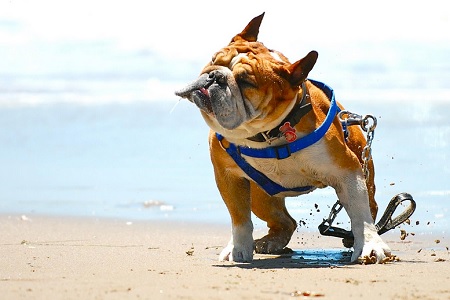
We must always remember that space at the beach is shared with other people and that we are not alone. Here are the rules for the perfect owner:
- No one better than us know the personality of our dog, so if we see him tense or frightened, don't let children or other animals approach;
- We place the umbrella in a place quite distant from the others, asking our "neighbours" if they are afraid of dogs;
- We clean any "needs" with a shovel and a hygiene bag, to throw in the nearest basket or to bring with us until you find one to throw it in;
- If the dog begins to bark at another dog, we move to another more distant point or try to distract him with his toys;
- When dogs get to the beach, they love digging holes in the sand. Make sure that they do not submerge other people in sand;
- The first thing the dog will do as soon as he comes out of the water will be to shake his whole body vigorously, covering everyone in the area with water. If possible, exit the water on an isolated spot of the beach.
Each of these points is essential when deciding to bring the dog to the beach, so let's try to follow them carefully.

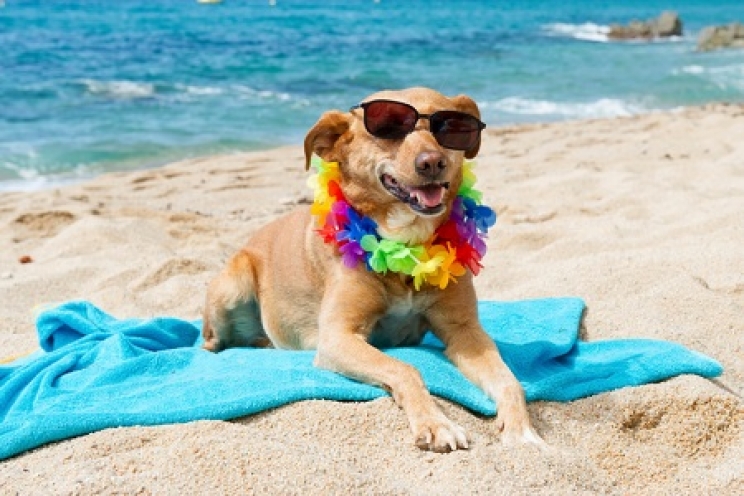

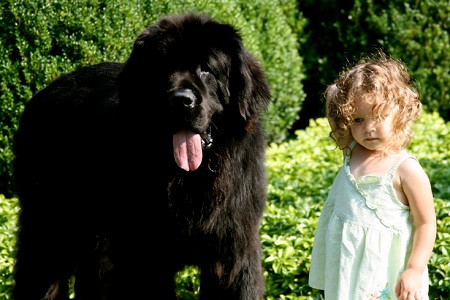
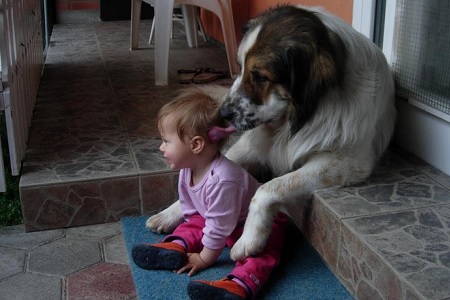
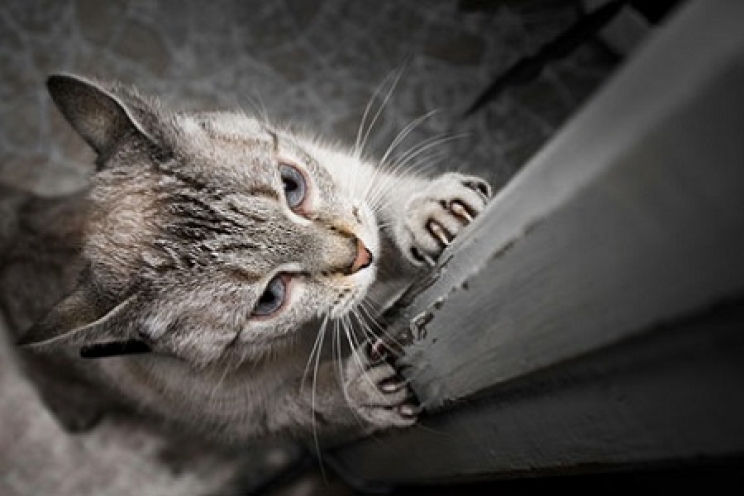

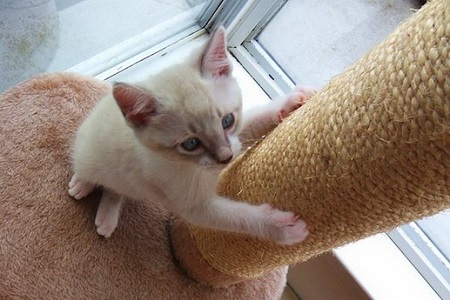 Position: the scratching post must never be placed in areas of the house that are inaccessible to the cat. On the contrary, especially in the first period, we can place it next to their favourite sofa or curtain, offering an interesting alternative to furniture. Furthermore, some cats may find the presence of other people or other animals unpleasant, so in these cases it would be useful to buy more than one, to be left in a quieter area of the house, but always frequented by the cat. For example, we can put it next to the place where it sleeps, because he loves stretching as soon as he wakes up and might get his nails done then;
Position: the scratching post must never be placed in areas of the house that are inaccessible to the cat. On the contrary, especially in the first period, we can place it next to their favourite sofa or curtain, offering an interesting alternative to furniture. Furthermore, some cats may find the presence of other people or other animals unpleasant, so in these cases it would be useful to buy more than one, to be left in a quieter area of the house, but always frequented by the cat. For example, we can put it next to the place where it sleeps, because he loves stretching as soon as he wakes up and might get his nails done then;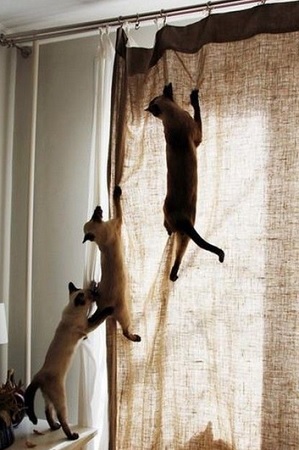
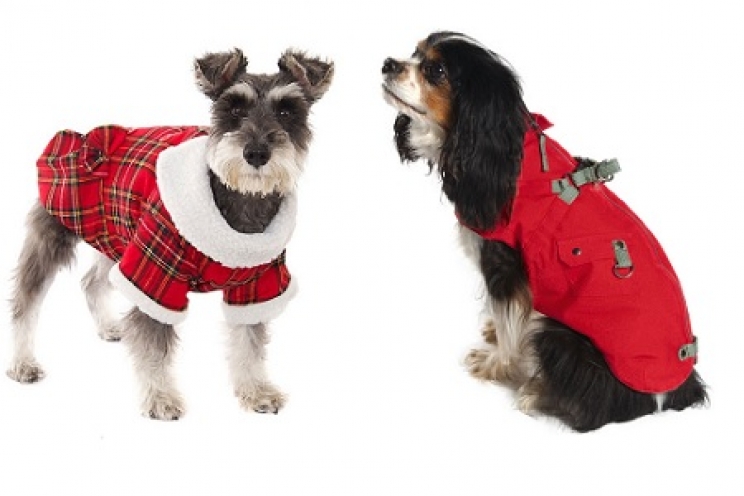
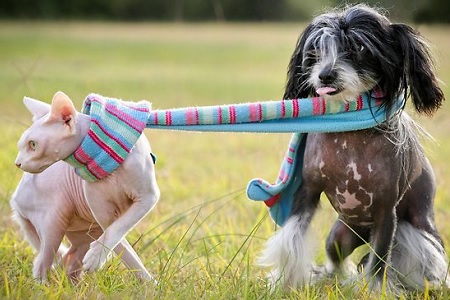



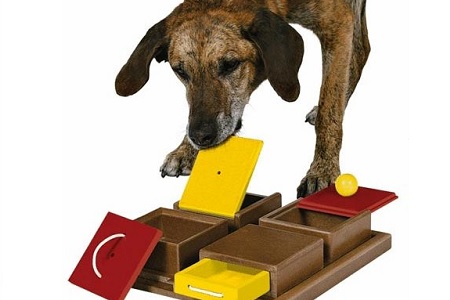
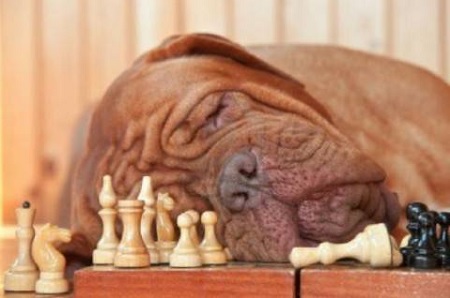
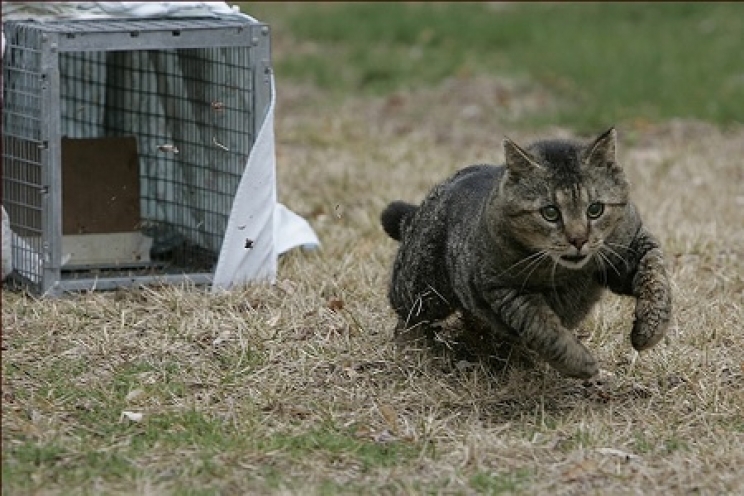
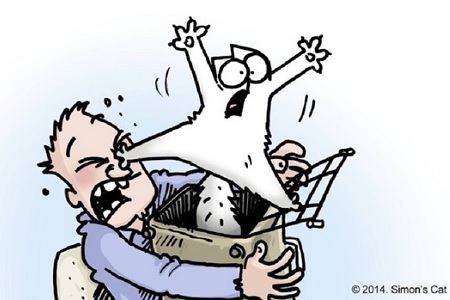 We observe the cat in its environment: to understand the nature of the animal, we will have to see how it behaves, observing him without giving the impression that we are there for him. Further on we might even go a bit closer. Let's not get too close, because it could run away. For example, we can sit nearby, watching it slightly but not too intensely. Did he already become suspicious? He stares at us and seems ready to run away on our first move? He is probably very shy. If, on the other hand, he looks at us from a distance, and he seems calm enough, we could be able to approach him easily;
We observe the cat in its environment: to understand the nature of the animal, we will have to see how it behaves, observing him without giving the impression that we are there for him. Further on we might even go a bit closer. Let's not get too close, because it could run away. For example, we can sit nearby, watching it slightly but not too intensely. Did he already become suspicious? He stares at us and seems ready to run away on our first move? He is probably very shy. If, on the other hand, he looks at us from a distance, and he seems calm enough, we could be able to approach him easily;